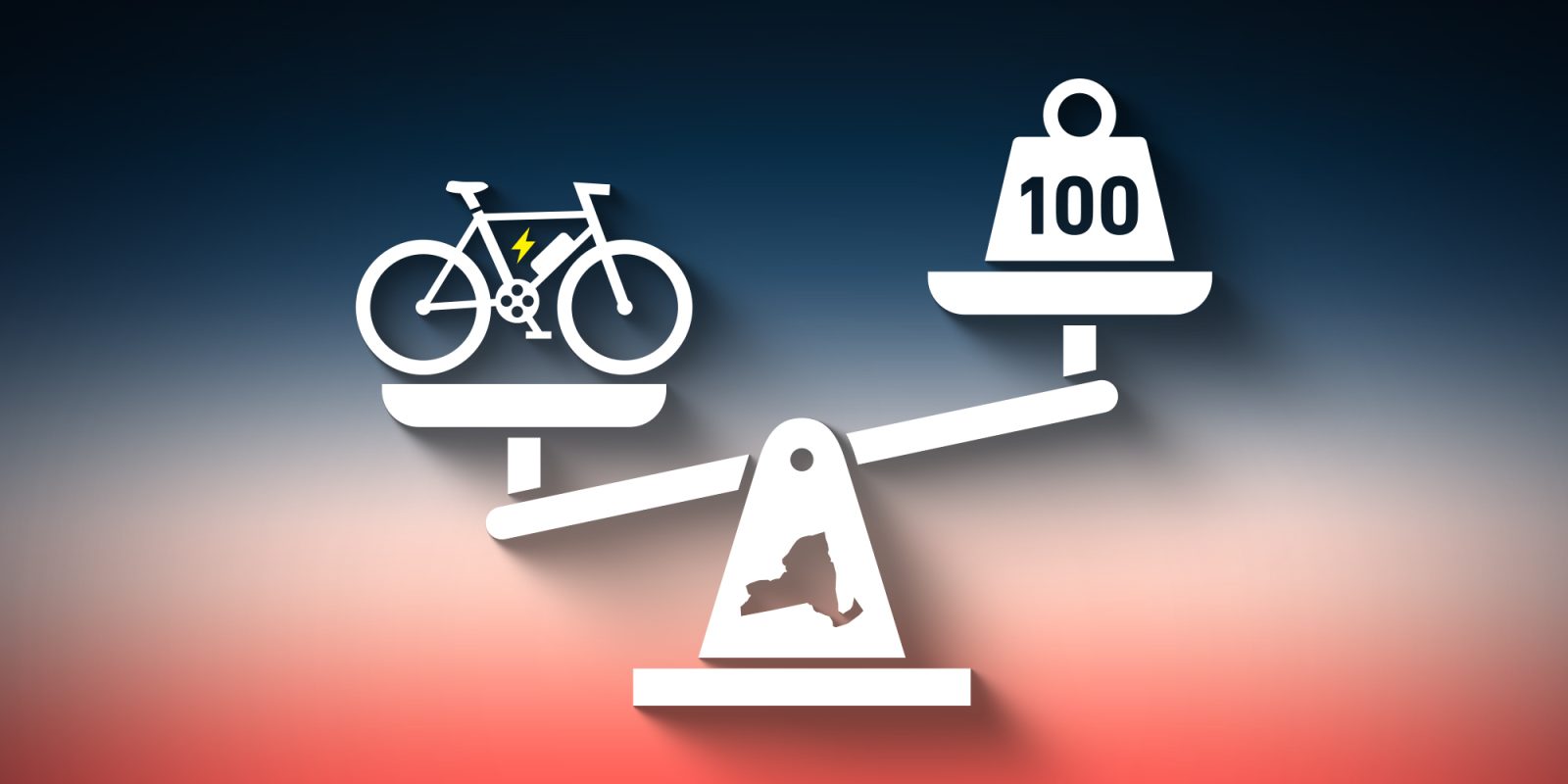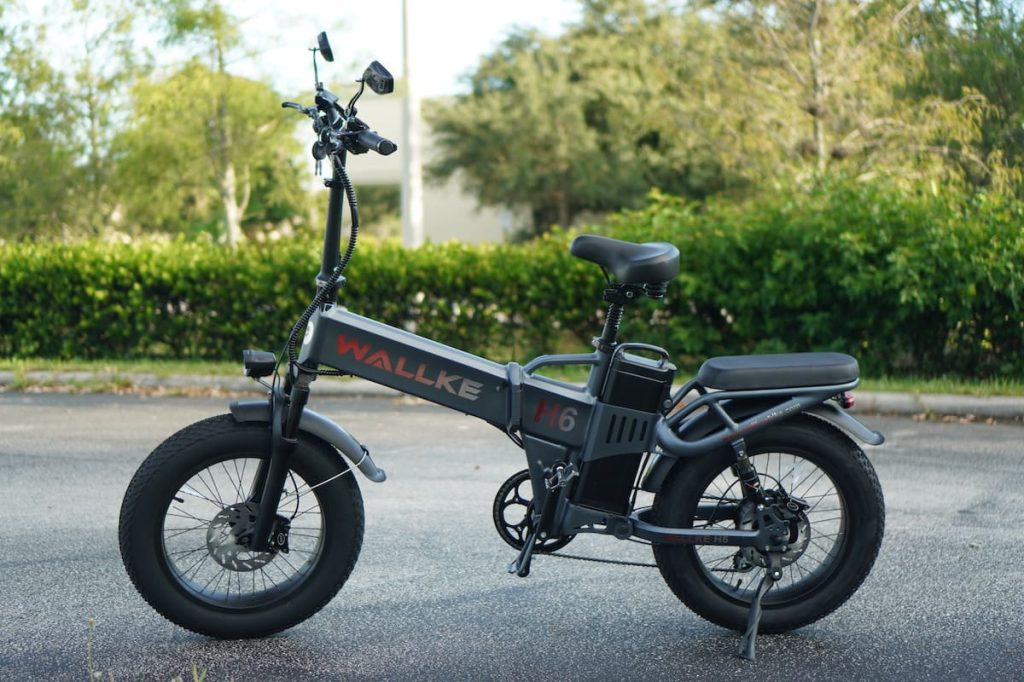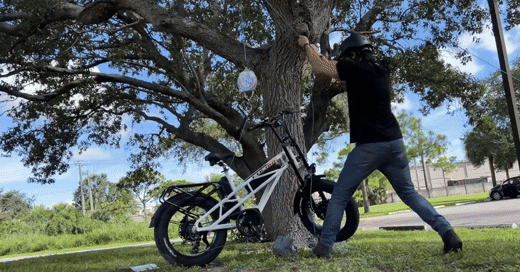
The US electric bike industry has already seen a regulation-heavy start to 2025. Now, New York Governor Kathy Hochul’s potential new restrictions on fast and exceedingly heavy electric bikes could add to the proposed and enacted legislation we’ve seen lately.
Hochul proposed in her State of the State address yesterday that Class 3 electric bikes weighing over 100 lb (45 kg) be excluded from existing electric bicycle regulations and instead be treated more like mopeds.
That would mean imposing motor vehicle regulations resulting in licensing and registration requirements, as well as disallowing their use in bike lanes.
The governor explained that this new regulation would ideally help increase the safety of bike lanes, according to Streetsblog NYC.

As a reminder, Class 1 and Class 2 e-bikes can reach a top speed of 20 mph (32 km/h) on motor power, with Class 2 e-bikes including a throttle that allows motor use without requiring the pedals to be used. In most states, Class 3 e-bikes can reach higher speeds of up to 28 mph (45 km/h) with pedal assist but not throttle. However, New York State has stricter Class 3 limits that provide for speeds up to just 25 mph (40 km/h).
The proposed new regulations would only target Class 3 e-bikes that exceed the suggested weight limit of 100 lb (45 kg).
Most electric bikes weigh well under 100 lb (45 kg). Common e-bikes seen regularly on US streets and bike lanes weigh between 50-75 lb (23 to 34 kg). However, there are some e-bike models available on the market that can reach or exceed 100 lb (45 kg). We’ve tested a few of them.
Such heavy electric bikes are usually visually similar to mopeds and light electric motorcycles, often featuring large tires, heavy motors, dual suspension, chunky frames, and other components that add significant weight. However, many heavy electric bicycles are limited to 20 mph (32 km/h), and could exceed the arbitrary 100 lb (45 kg) proposed limit while still not falling under this proposed regulation due to their Class 2 designation.

Electrek’s Take
At face value, there’s some logic to this. A 100 lb electric bike has a lot more rolling mass than a 50 lb electric bike, and you can guess which one I’d rather get hit by. Though at the same time, when the rider nearly always weighs more than the vehicle, the weight of the e-bike certainly has a lower relevance to its safety. With a 200 lb (91 kg) rider on both bikes, we’re only talking about a relatively small 20% difference in mass.
And it’s a bit telling that there wasn’t much discussion in the State of the State address about any other road safety issues, certainly not about the several thousand-pound cars that actually kill many New Yorkers every year.
I’m not saying I don’t support reasonable regulations to ensure the safety of everyone, in the bike lanes and outside of them. But let’s get real here. The percentage of electric bikes that are 100+ lb is tiny, likely under 1-2% of all e-bikes on the road. And that’s a tiny slice of an entire pie that is itself a tiny slice of the injury-causing-vehicle pie. So I’m not saying there isn’t any good regulation opportunity out there for e-bikes. But this is all fluff on top of fluff if you think it’s actually about making a meaningful impact on road safety. If they really cared about better protecting cyclists, governments would enforce existing laws to prevent cars from killing them so frequently.
These types of clumsy, heavy-handed regulations are just that – quick and dirty attempts to appear to be working towards a solution, when in fact they are largely meaningless in their ultimate impact on protecting lives.
